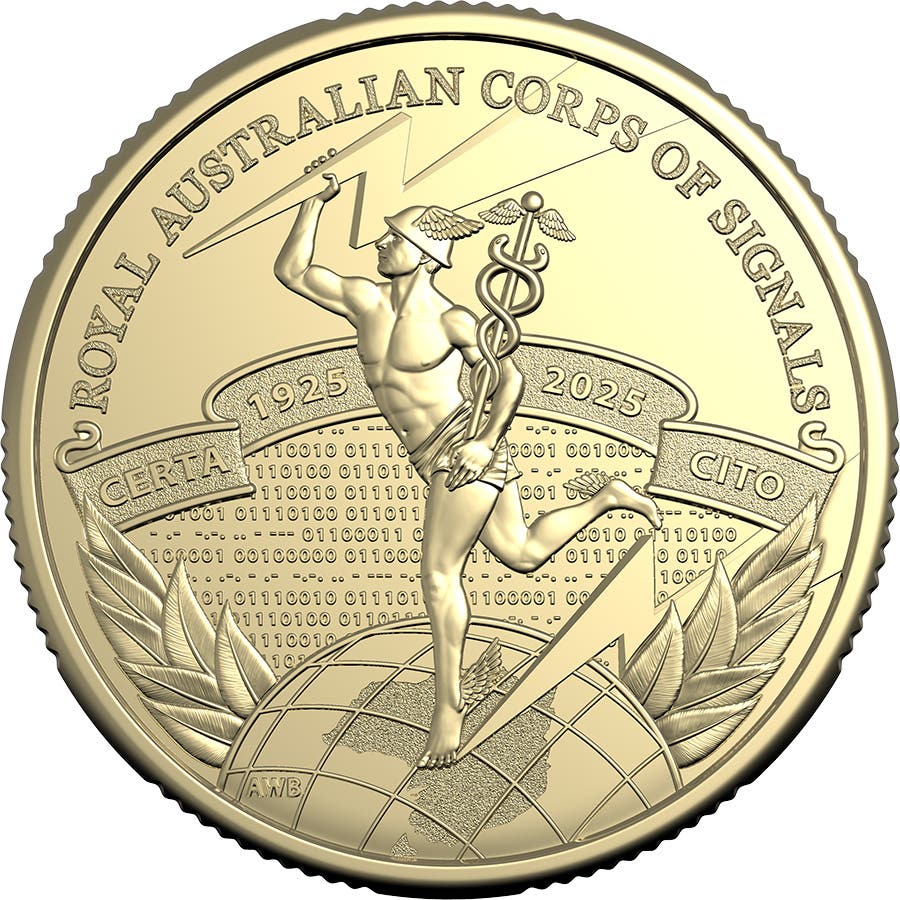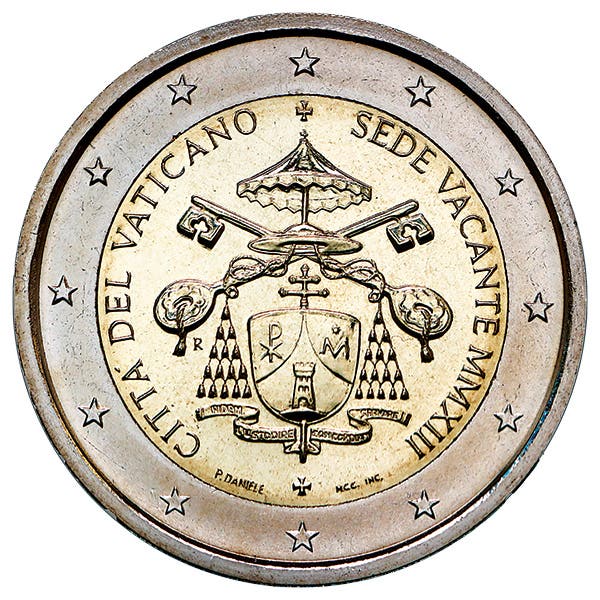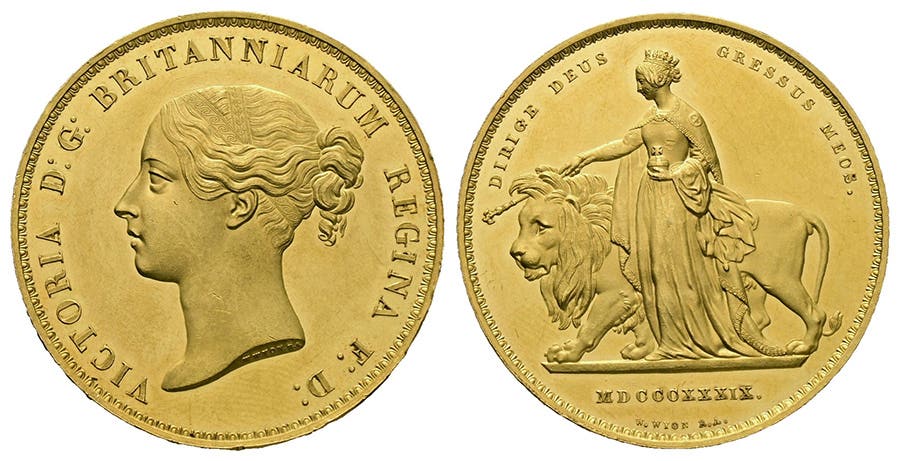Dutch Coin of Many Names Gone for 80 Years
The first 2-1/2 cent coin issued for the Netherlands was struck in 1877 under King William III. It was a popular workhorse denomination and stayed in circulation for 64 years….
The first 2-1/2 cent coin issued for the Netherlands was struck in 1877 under King William III. It was a popular workhorse denomination and stayed in circulation for 64 years. The last regular bronze 2-1/2 cent left the Rijksmunt in 1941 and now, 80 years later, the Royal Dutch Mint will release a tribute to this special denomination. An original bronze 2-1/2 cent coin has been reissued in a collectible coin card.
The 2-1/2 cents are known by many names: “halve stuiver”, “vierduitstuk” en “plak”. It is clear where the term “halve stuiver” comes from: 2-1/2 is after all half of 5 (5 cents was called a “stuiver”). The name “vierduitstuk” refers to the historical value of the coin: a “duit” was worth 1/8 stuiver, so a 2-1/2 cent coin had a rate of four “duiten”.
The name “plak” is a little less understandable, but it may refer to the 2-1/2 cents size. Plak means slab and this coin was, for quite a while, the largest bronze circulating coin in the Netherlands. The 2-1/2 cents resurfaced shortly during WWII, but it was struck in zinc.
Bronze, being a base metal was, at time of the 2-1/2 cents first issue, not deemed appropriate for an image of the reigning monarch. Thus, the obverse shows a crowned lion with sword and bundle of arrows and the reverse shows the denomination of 2-1/2 cents in between two orange branches tied together at the base with a bow.
Interestingly the orange branches and letters on the 1941 coin are larger compared to issues from previous years, meaning a new die was made for the last year of issue. A mint mark of the Mercury staff and privy mark of a bunch of grapes flank the date at the bottom of the obverse.
The 1941 2-1/2 cent was struck in traditional coin alignment, so when you view the coin card, you’ll see the obverse upright, but the reverse on the back of the coin card will appear upside-down. While most collectors are familiar with this method of minting, many people buying this packaged card for nostalgic reasons may find this an unusual feature, adding to their interest.
This special coin card with the original 1941 Netherlands bronze 2-1/2 cents was produced in a limited quantity of just 3,500 packages and orders on the mint website were limited to one pack per customer. Delivery on these items was set for the end of October, so those who managed to get their orders in before the mintage was exhausted should have the coin card in hand by now.
The Dutch Royal Mint website at www.dutchroyalmint.com sold out prior to the release date at their issue price of $17.50 and we have not seen a secondary market to speak of, indicating that the orders were likely to individual customers. They may remain in those folks possession for quite a while.








